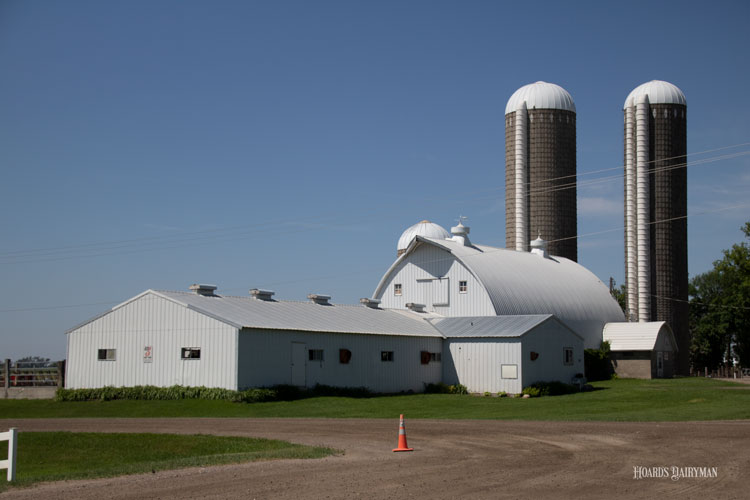
The number of small to mid-sized dairy farms in the United States has been falling for decades, and economist Daniel Basse compared this trend to the general population.
“The U.S. middle class is disappearing,” he said during his presentation at the Professional Dairy Producers of Wisconsin’s (PDPW) Dairy Food and Policy Summit held in Madison, Wis. “We are either getting wealthy or we are getting poor.”
He continued, “It’s kind of the same in dairy.” Basse, president of the research firm AgResource Company, shared estimates that 3,500 dairies will produce 65 percent of the nation’s milk in 2019. Within the next decade, that number will drop to 2,300 herds.
“The dairy industry really has large herds or small herds,” he said. “We are losing dairy herds due to size and costs. In terms of net returns, big is better.”
Basse pointed out that there are dairies making money, even in today’s depressed market. He believes these farms are either growing in herd size or are selling products locally or specializing in some way.
He said that the nation’s dairy herd is in a liquidation phase, with experts estimating that cow numbers will drop to 9.3 million head. Milk production is falling, but production per cow is still on the rise.
On top of low milk prices, Basse said another problem is that U.S. cull prices are at a decade low. Meanwhile, the spread between cull prices and fed cattle prices is almost at a record high, at 71 cents.
A current opportunity for dairy farmers is to breed some animals to beef and sell the resulting calves. While these calves are selling for a premium now, Basse sees that spread collapsing in the future due to too much beef, not enough processors, and a lack of cattle feedlots to handle these animals.
To boost fluid milk and dairy product intake, Basse said, “We need to market our products like we live on an island with a declining population.” In addition, he stated the importance of global opportunities for moving more U.S. dairy products.








